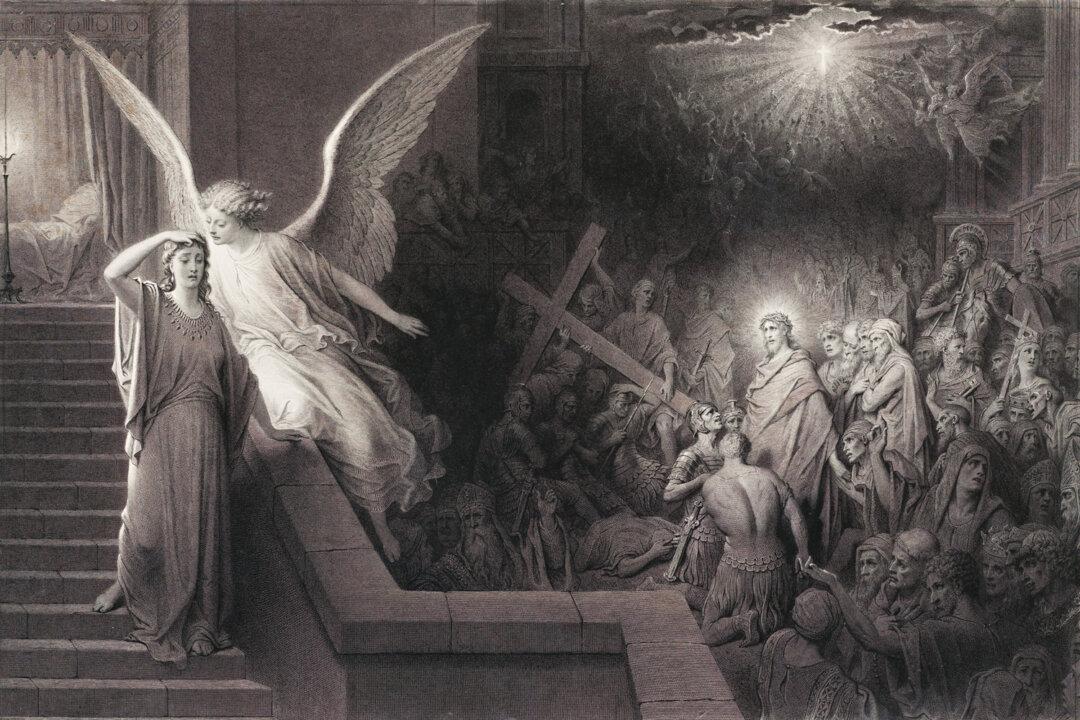Gustave Doré was a French Romantic artist known for illustrating some of the greatest books of known Western literature. These included Dante Alighieri’s “The Divine Comedy,” John Milton’s “Paradise Lost,” and the Bible, among others. He provided these most influential narratives with fascinating imagery.
In the mid-19th century, he illustrated a verse from the Bible. That verse, Matthew 27:19, reads: “While Pilate was sitting on the judge’s seat, his wife sent him this message: ‘Don’t have anything to do with that innocent man, for I have suffered a great deal today in a dream because of him.’”





